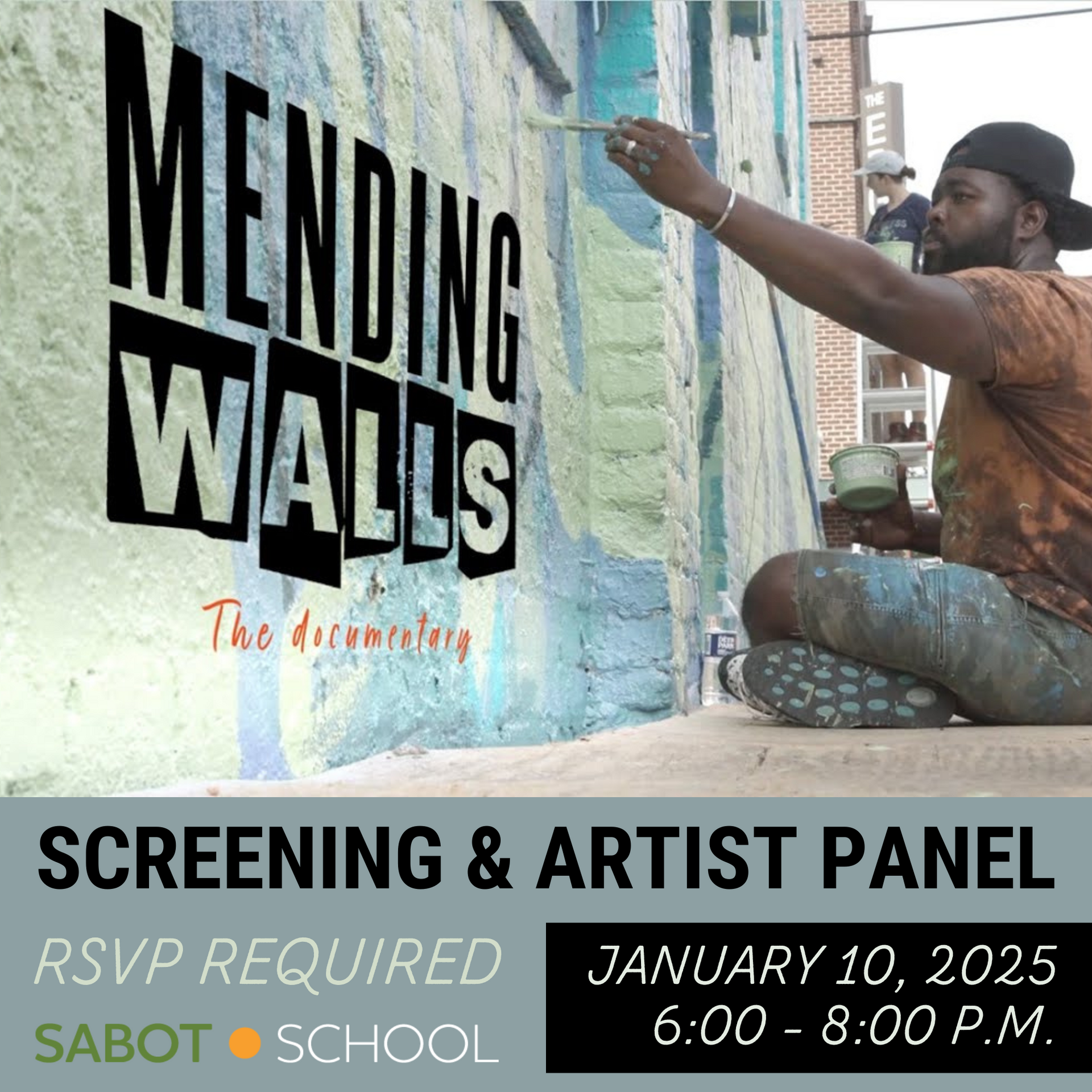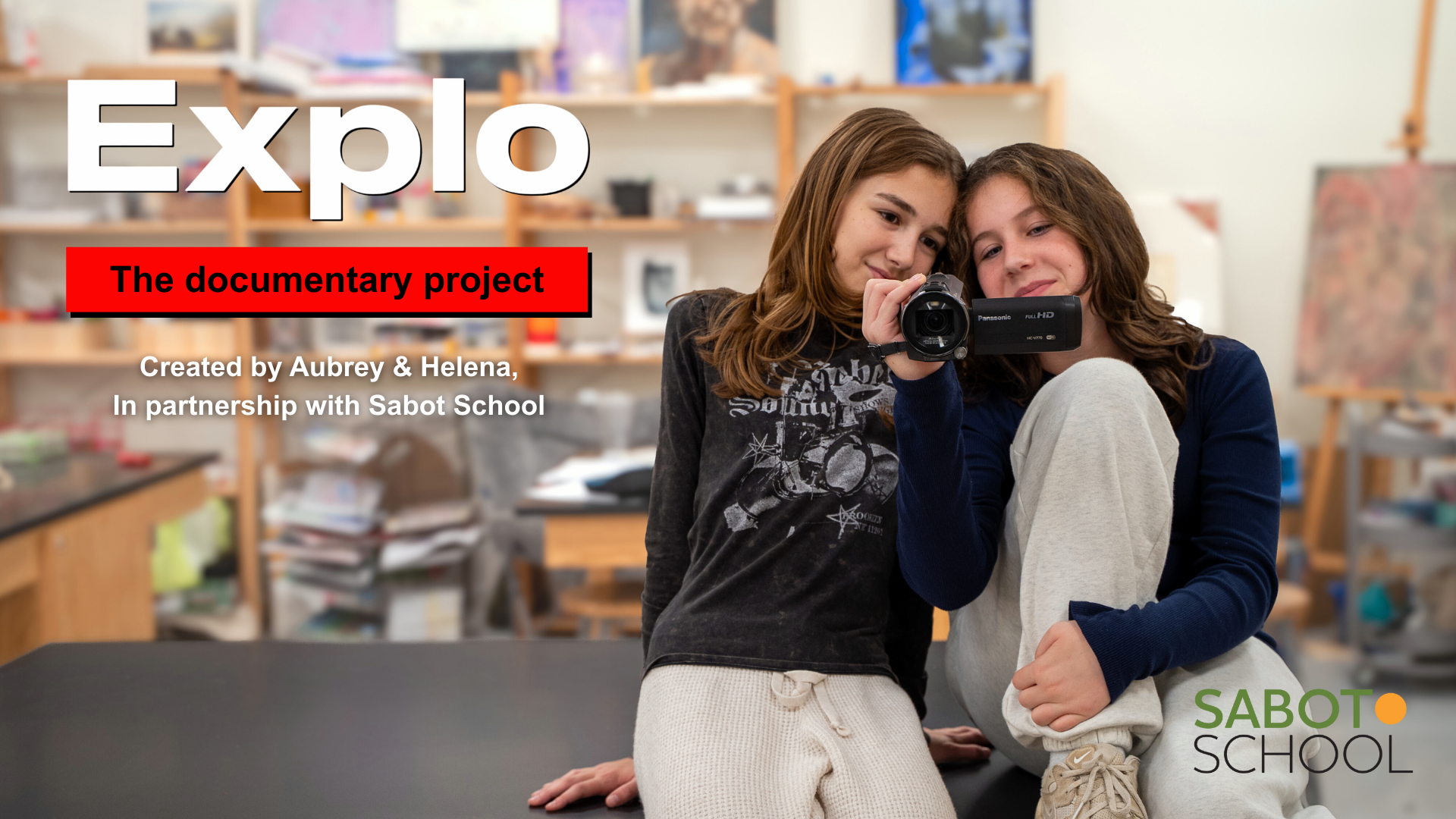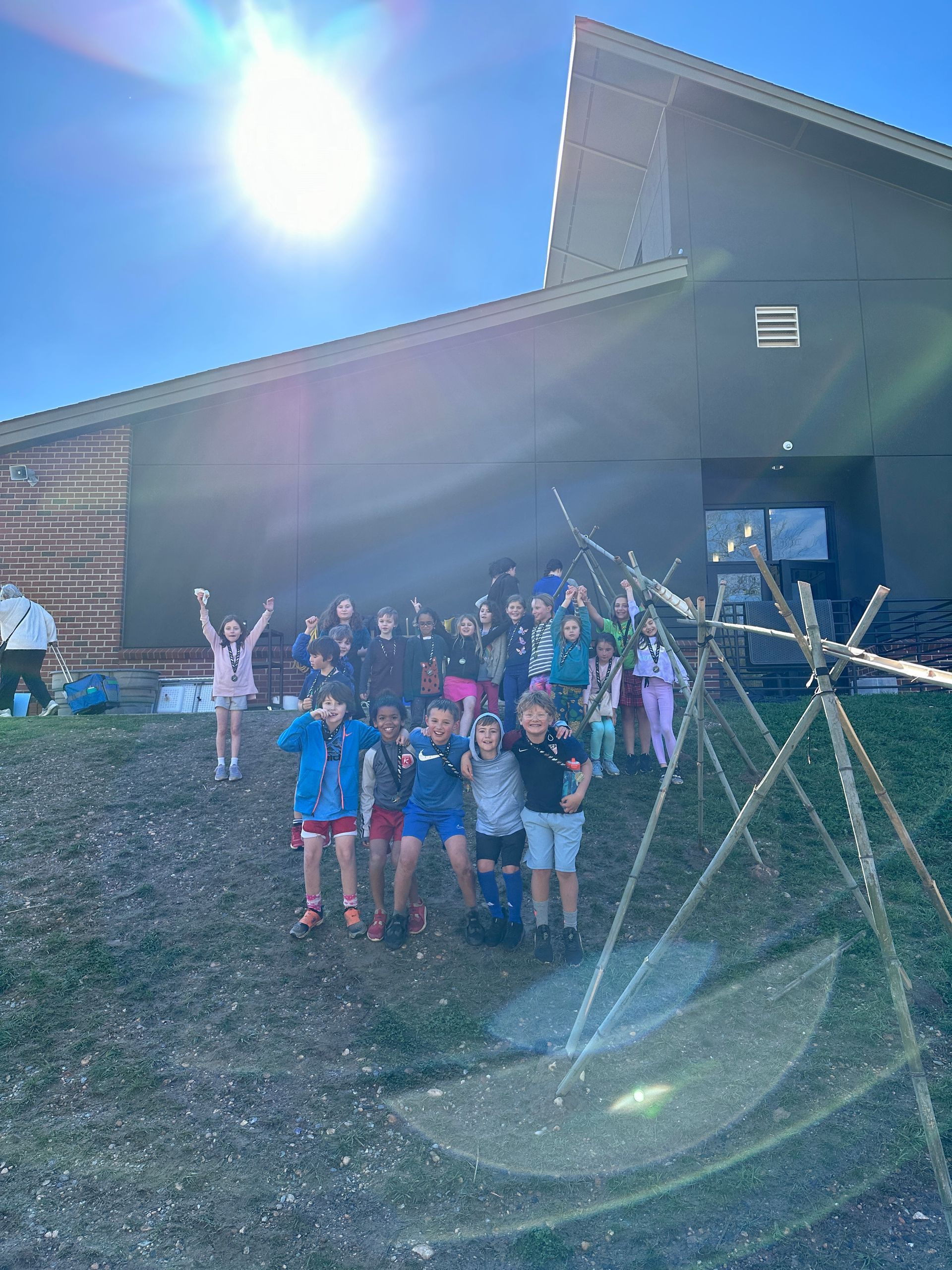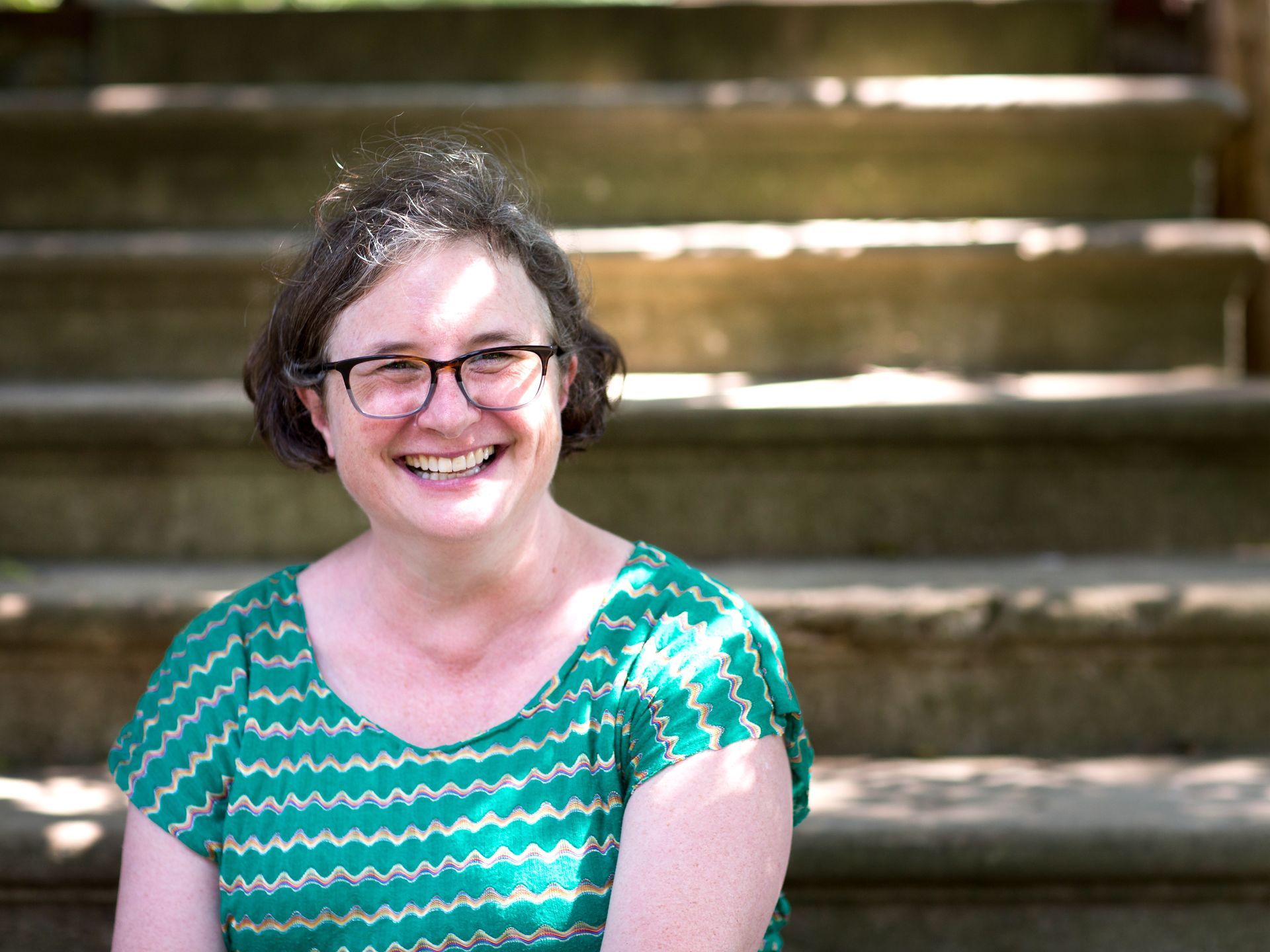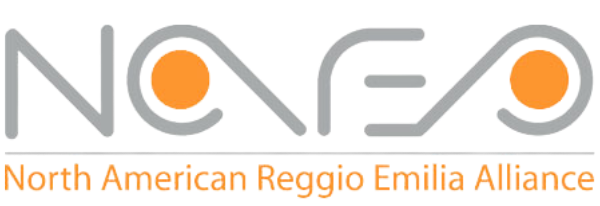Peer Feedback in the Middle School
by the 2019-20 Middle School Teacher-Researchers

At Sabot, students look to their peers for answers, thought-provoking questions, and engagement. The dialogue that occurs student-to-student builds understanding and an agency for learning, which is the foundation for constructivism, an important educational approach at Sabot. In these interactions with their peers, students provide and receive feedback, which influences their learning and decisions and ignites motivation and innovation.
The Cycle of Inquiry
Sabot students are encouraged to develop a growth mindset when teachers scaffold peer feedback in the classroom. The teacher’s role in this process can take many forms depending on the situation. At times, teachers give immediate, clear, and concise feedback so that it is meaningful and relative to the students. At other times, the teacher’s role is to give the students space to take risks, make mistakes, and collaborate. Whichever role the teacher chooses, they enable students to make connections between the conceptual and procedural understanding of the concepts.
Students learn that the teacher often doesn’t provide an answer, but instead supports the student as they seek the answer. Students learn to look to their peers as they collaboratively seek answers to questions. These questions then initiate new questions in a cycle of inquiry.
With this constant questioning encouraged, feedback is often embedded in group discussions. As questions are raised, the teacher will remind students that someone else had asked the same and could be a resource. The teacher may reflect back to them a similar or new question with the intention of encouraging them to dig a little deeper or redirect their inquiry. Feedback, in this way, may simply question, and it looks different in this form. It isn’t as neat or as straight of a line to the “answer.” It is certainly not the “yes, that’s right” or “no, try again” answer students might expect or even want. In fact, initially, it can be frustrating for students who think finding the answer is the goal.
As we so often discuss as faculty, the goal is usually the process and not the product. Providing questions as support encourages the process and ultimately gives students a richer classroom experience.
Constructive Feedback: Practice and Skill-Building

Sabot teachers scaffold students as they develop skills in providing truly useful and effective feedback. We use two guiding principles to scaffold the students’ feedback: it must be positive, and it must suggest constructive change. When providing feedback, our students are encouraged to look for what they like about the work they are reviewing. This not only helps the student receiving feedback to feel more comfortable but encourages the student reviewer to think carefully about their own work as well as the work they are reviewing. This “positive first” approach makes the reviewee more comfortable with what the reviewer has to say, though providing constructive feedback can still be tricky.
The teacher and the reviewer focus on particular skills that are being targeted. This scaffolding often takes the form of questions that the student may consider as they review the work. “How did the writer come to their conclusion?” or “How did the writer determine that their data was, or was not, accurate?” are questions that require the reviewer to think about how they would have demonstrated the skill and then compare to what the reviewee actually did. This requires a higher level of thinking by the reviewer.
When students give each other feedback, it’s important that they discuss not only how and what type of feedback to give, but also how to be receptive to feedback. It is never about defending their work; the work should speak for itself. Students learn to embrace the feedback given by their peers, knowing that they ultimately have the choice of whether or not to apply it. Peers are encouraged to ask questions in addition to offering suggestions. This helps to keep the tone of the discussion neutral and helpful. It is not always easy for middle school students to make themselves vulnerable in front of their peers, but the students know that their peers are invested in helping them.
In Civinomix, students choose a meta-topic – this year it’s the social contract – and then proceed to research subtopics. They present their findings in a series of witty, often humorous, sometimes didactic, provocative, educational skits. A key part of the method is for students to present drafts of their skits in front of their peers and then receive and incorporate feedback in subsequent drafts.
We ask the writer(s): How did it play for you? Did it achieve your objectives? After seeing it live, can you already see things you want to change or do differently? We ask members of the cast: Did the scene make sense to you? Do you have suggestions on how to develop the characters or the language differently? We ask the audience: Do you think the scene worked? What was the author’s purpose? Do you think the scene, as constructed, will stimulate our audience? What adjustments do we need to make to integrate the scene to the entire play? Only after the authors have heard from each of these distinct sub-groups does the teacher offer constructive criticism and suggestions (most often on how to develop or expand content).
Recursive Writing as Peer Feedback

Middle school students are becoming more independent and less concrete in their thinking, and are, therefore, ready for more complex conceptual studies. It is often the case that students arrive at a conceptual understanding of a process or strategy for problem-solving before they are able to describe it using precise language. In a classroom where co-construction is the basis for students’ understanding of the material, the practice of using precise language becomes imperative.
Students learn to write and develop projects recursively – we outline/brainstorm, draft, peer edit, and revise our work. Feedback is essential to revise the representation of our ideas with clarity and precision. As a class, we co-construct an understanding and set expectations for a “good” piece of work. What does it need? What does organization, evidence, or analysis look like when it’s approaching, meeting, or exceeding our expectations? How can we represent this information on a spectrum which is easy to understand? Once we’ve agreed upon answers to these questions, we share the rubric for use throughout the process.
After students have created their first draft, we sit down together, take out our criteria, and swap our work with at least two peers. It’s important that students understand that what they are evaluating is a piece of work, but not the student who created it, their capabilities, nor their character. Students are asked to provide feedback by citing the criteria and writing their own feedback directly on the draft. They practice remaining open to learning by taking in all constructive criticism from their peers and making sure that they understand it. Whether providing criticism or receiving it for their work, all students involved strive to communicate clearly and to ask follow up questions to clarify intent. Agency, too, is important to more fruitful feedback and is achieved by listening with empathy and speaking up for themselves. Students help one another to be better communicators and editors of the many languages we explore here at Sabot and beyond.
One way that students reflect upon their learning in math is by writing a personal mathematical reflection essay in which they detail what they have learned over an investigation or mini-unit and describe, to the best of their ability, the different strategies they use for solving problems. In order to be understood by their peers and understand what their peers are saying, they must know the more precise details in the way they describe these processes. In writing this down, another student may look at this process and be able to give the writer feedback that helps them develop not only a better understanding of what is really happening in this strategy, but also gives insight into why precise language is important in mathematics. They start to realize that precise language is necessary to gain intersubjectivity.
With constant questioning, discussion, and writing, students receive valuable and meaningful feedback from their peers and benefit from analyzing, appraising, and evaluating their peers’ work.
The post Peer Feedback in the Middle School appeared first on Sabot at Stony Point.
SHARE THIS POST
